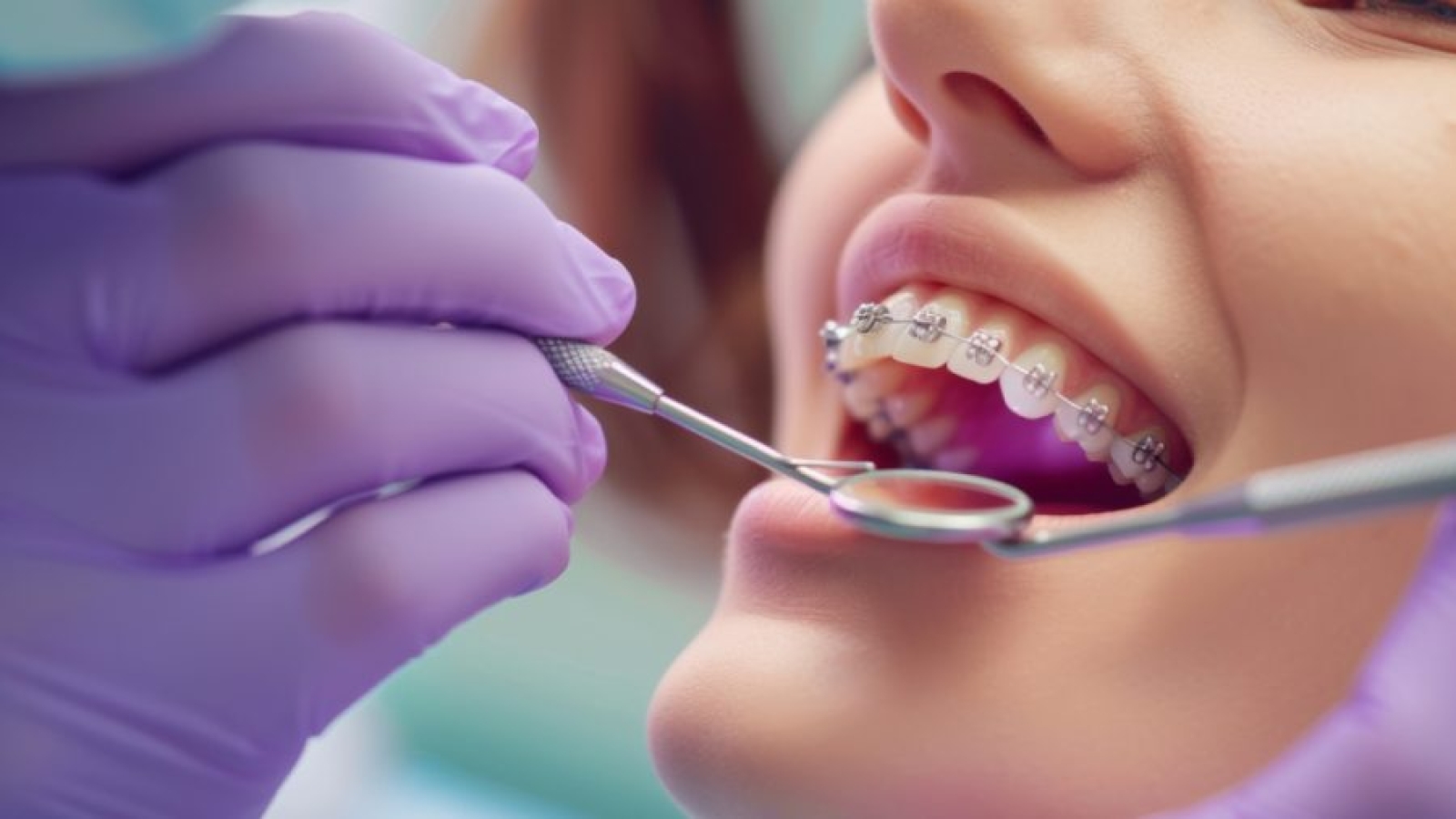A great smile can boost your confidence to the next level, and don’t worry – you can create it easily! Orthodontic treatments including braces are a great way to straighten your teeth and improve your smile. However, the right time to opt for braces can be confusing. When is the right time to start thinking about getting braces? Let’s discuss the ideal time to get braces, when it’s best to have them, and how important timing is to the outcome of your treatment.
Importance of Early Orthodontic Evaluation
The Benefits of Early Evaluation: An orthodontic evaluation at an early age might have a significant impact. What are the benefits of early orthodontic treatment? It helps detect possible issues with the jaw and teeth early on, enabling you to avoid concerns later on that may call for complex treatments. Additionally, early orthodontic treatment directs the growth of the jaw and guarantees that teeth emerge in the proper alignment.
The Ideal Age for Initial Consultation: According to the American Association of Orthodontists, children should see an orthodontist for the first time by the age of 7. Why is it so? Identifying any potential problems early is important, even though children at this age typically do not require braces, doing so, treatment can be offered when it is most effective.
Factors to Consider When Timing Braces Treatment
Age and Development: One of the most important questions raised to orthodontists is What age is best to get braces? Although there is no “one size fits all solution,” the best time to get braces is mostly determined by how your jaw and teeth develop. The ideal orthodontic treatment age is usually between 11 and 14 when the most permanent teeth have erupted. In certain situations, particularly when major alignment problems exist, earlier interventions such as palate expanders or Phase 1 treatment may be necessary.
Severity of the Dental Issue: Early treatment is very important if the dental problem is serious. Early braces may be necessary for severe malocclusions (misalignments) to avoid further problems. However, less serious problems can frequently be observed until the child is older and then ready to begin treatment.
Child’s Cooperation and Maturity: As kids get older, they usually cooperate better and take more responsibility for keeping their braces in good condition. Making sure that younger kids strictly adhere to the care guidelines might be hard. But by the time they reach their teens, they are usually more responsible and able to manage their braces.
Common Orthodontic Treatments and Their Timing
Early Orthodontic Treatment: Early medical treatment, commonly referred to as interceptive orthodontics, is mostly advised by orthodontists to help regulate the jaw and teeth development. Early-phase treatment or palate expanders may be used in this situation, which helps address issues before they worsen.
Traditional Braces: The majority of permanent teeth develop between the ages of 11 and 14, making this the ideal age range for traditional metal or ceramic braces. Since the jaw and teeth are still developing during this period, treatment is highly effective. Although metal braces remain the most popular option, ceramic braces are becoming increasingly popular among those seeking a less noticeable alternative. Choosing braces for teenagers can be difficult because most of them prefer Invisalign to avoid the discomfort in looks.
Invisalign: Invisalign clear aligners are an excellent option for adults and teenagers. They fit persons with fully grown teeth the best and are invisible and detachable. Teenagers may benefit from Invisalign, but regular use of these braces requires a certain amount of maturity. For this reason, those who are at least 16 years old are only advised to use them. The right Invisalign age therefore can only be determined with the maturity of the person. So, is it too late to get braces at 30? Since invisalign is most suitable to term as adult braces, you can get it at any age according to your oral health and alignment. And the answer to this question is definitely a no!
In conclusion, the child’s age, the severity of the tooth problem, and their level of cooperation during treatment influence in having braces. Early orthodontic evaluation is essential to address any possible issues before they create more involved care.
Scheduling an initial visit with an orthodontist around the age of 7 is the best option to know when braces are needed. Based on your child’s unique needs, orthodontists can recommend the best solutions.
Are you prepared to start down the path to a more confident, healthy smile? To find out when treatment for you or your child is most proper, get in touch with an orthodontist right now!


